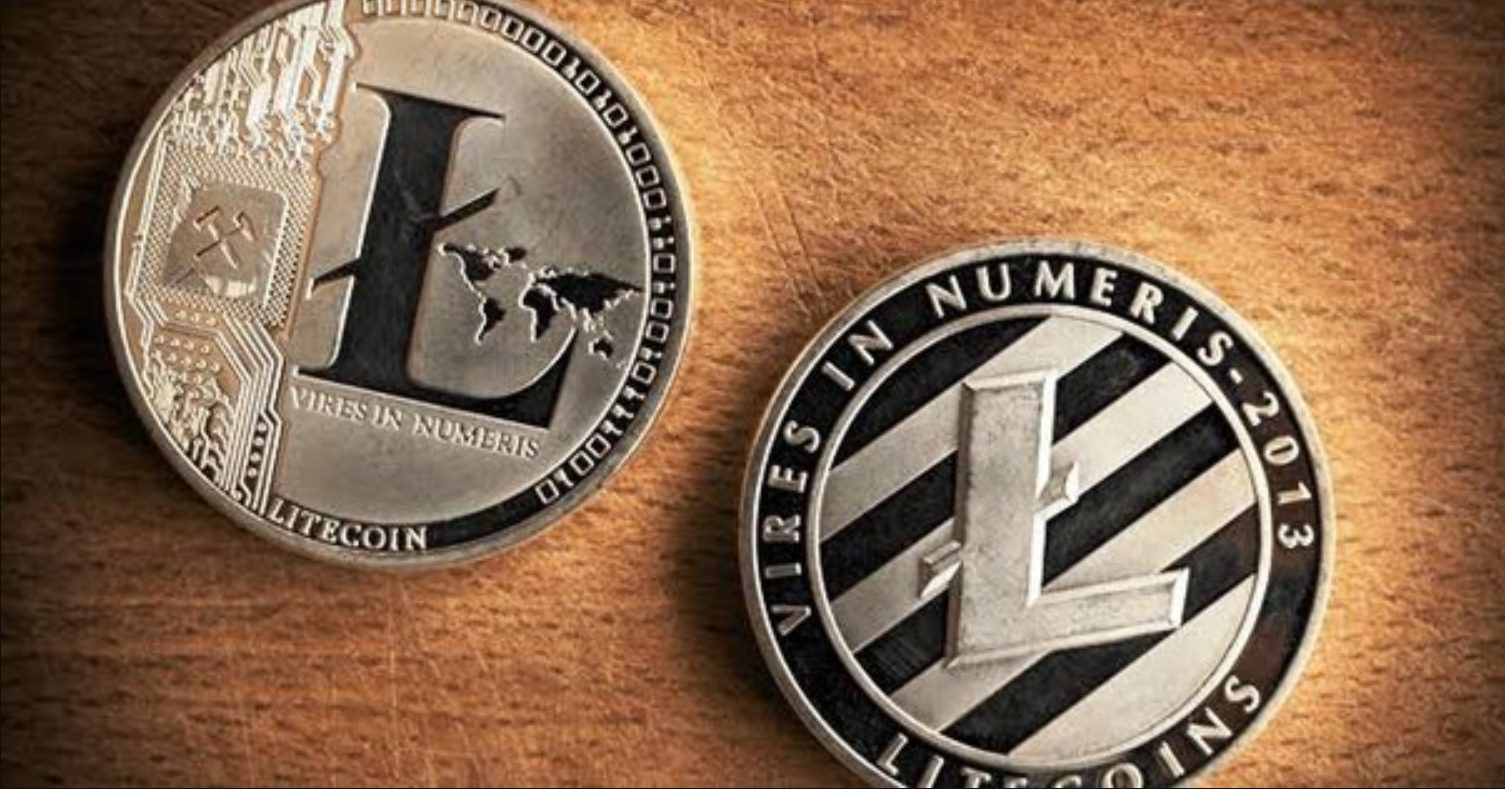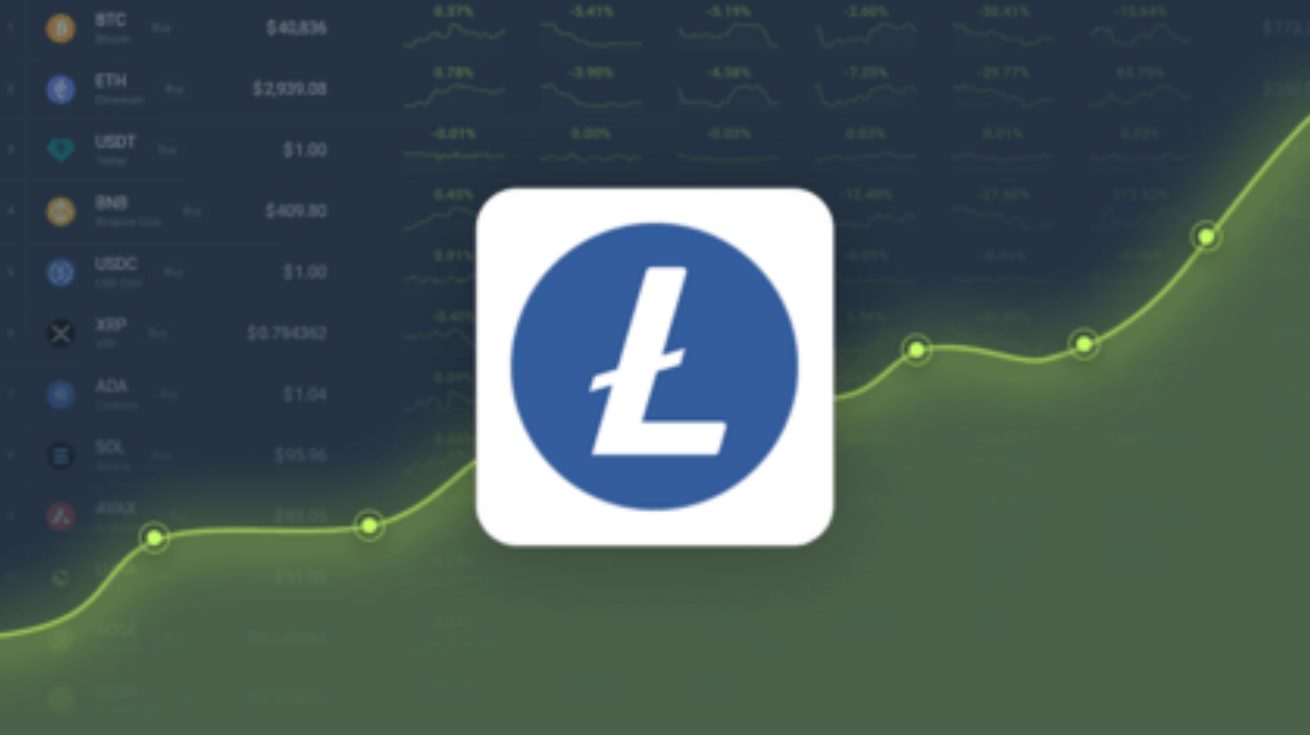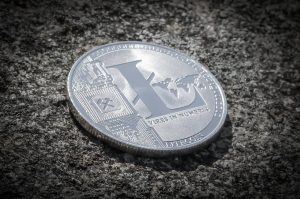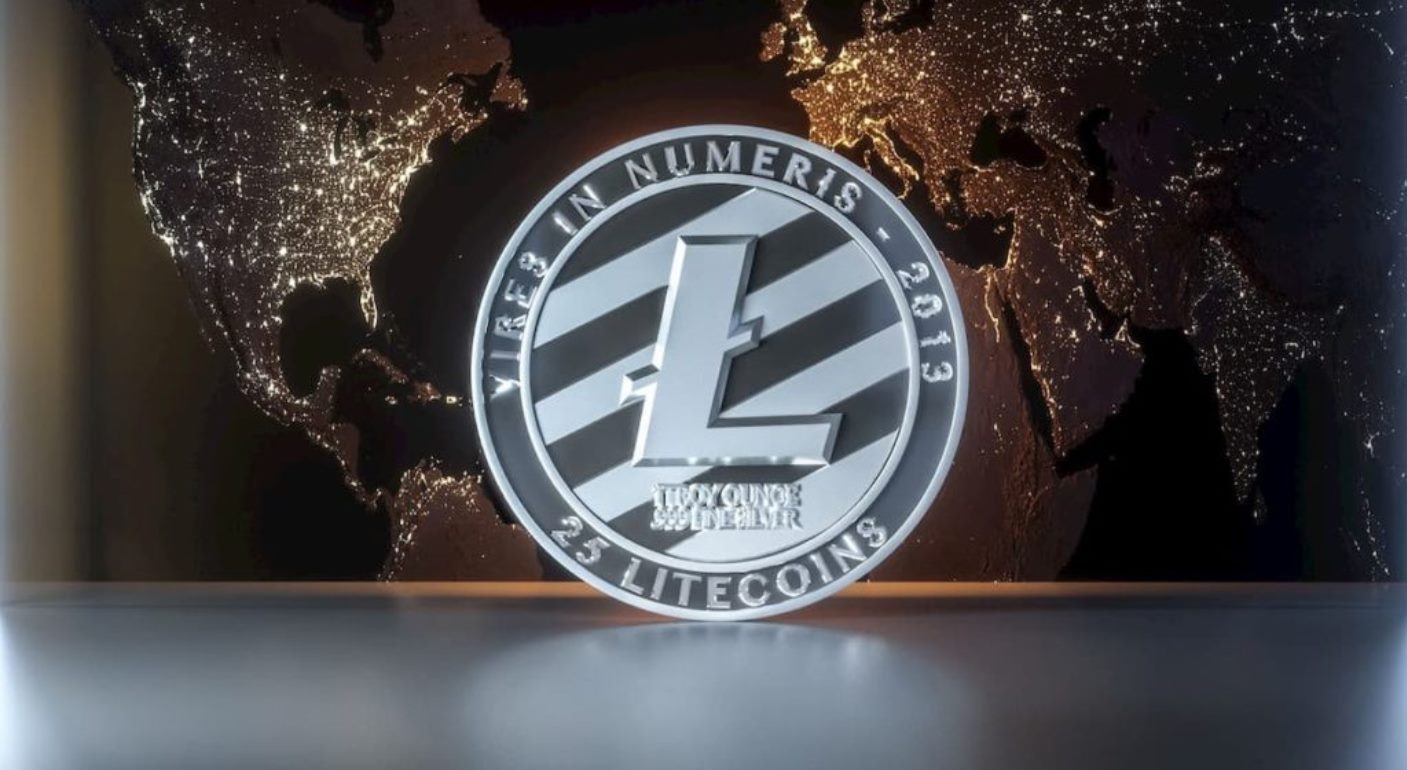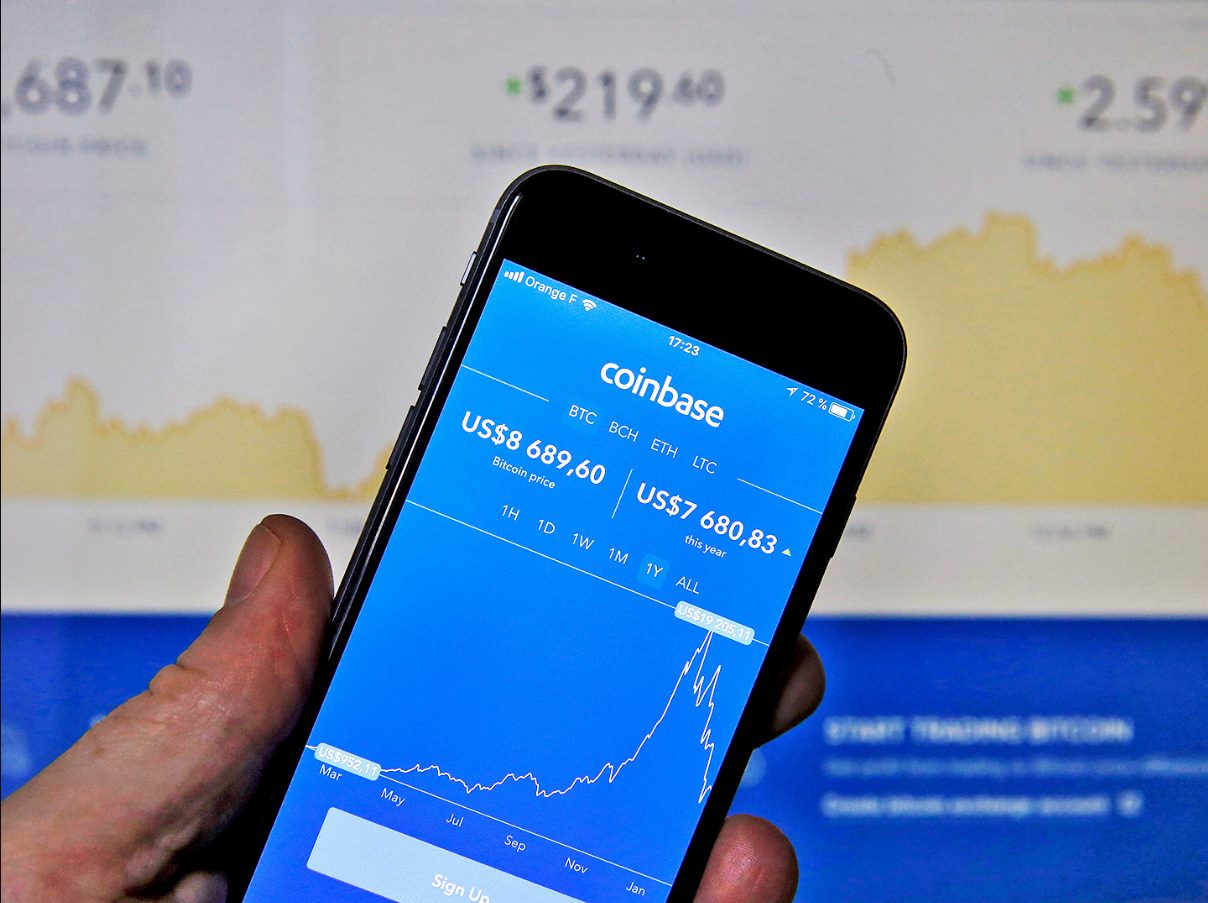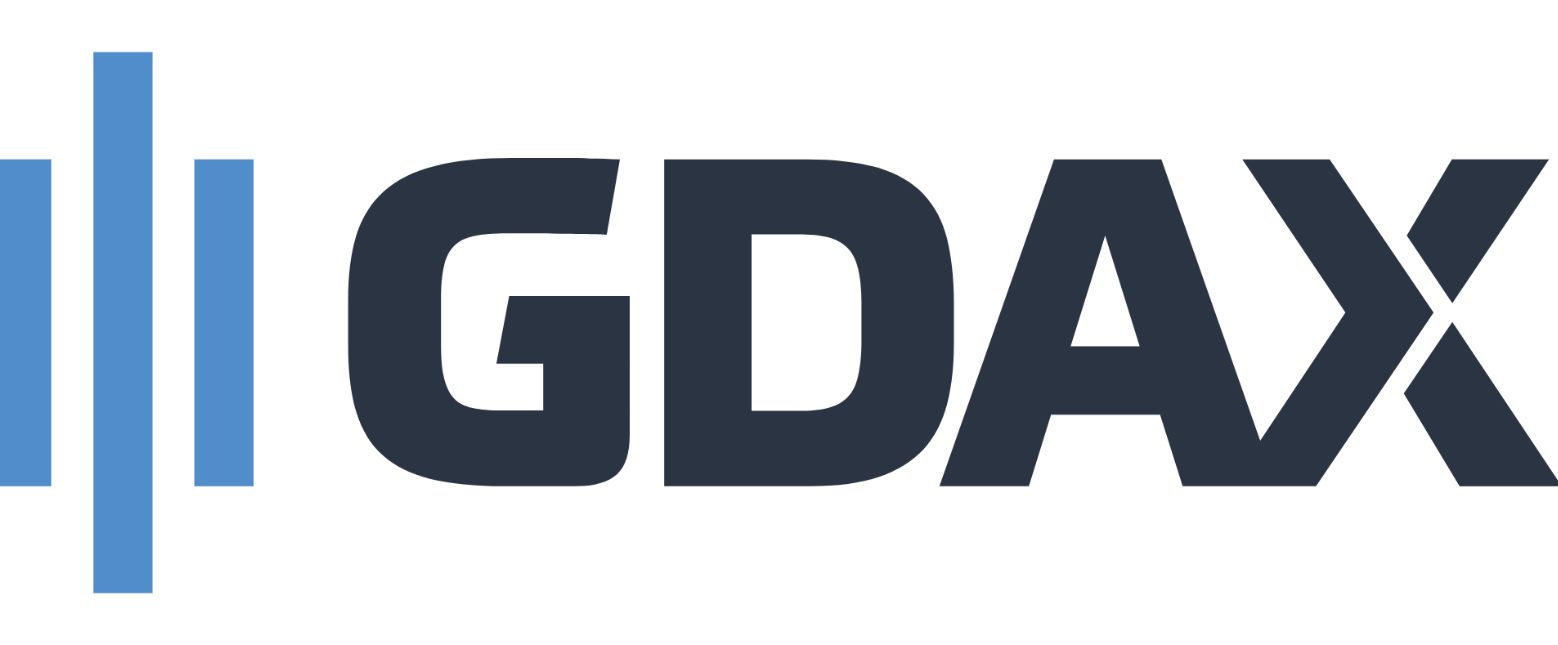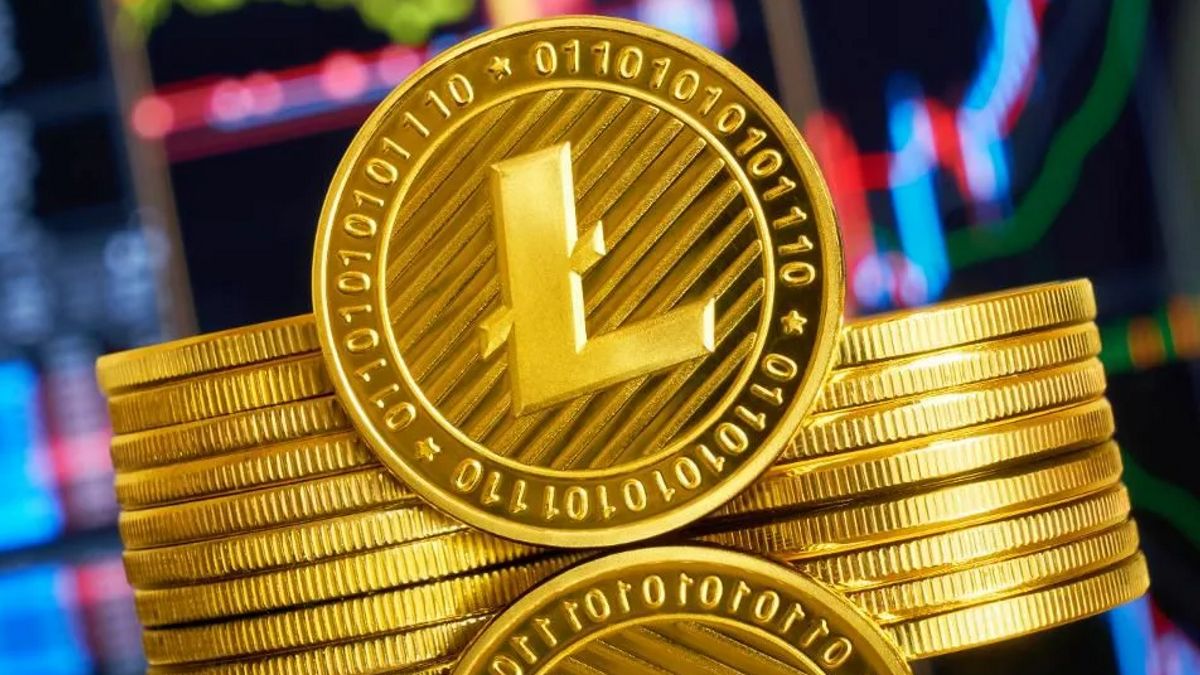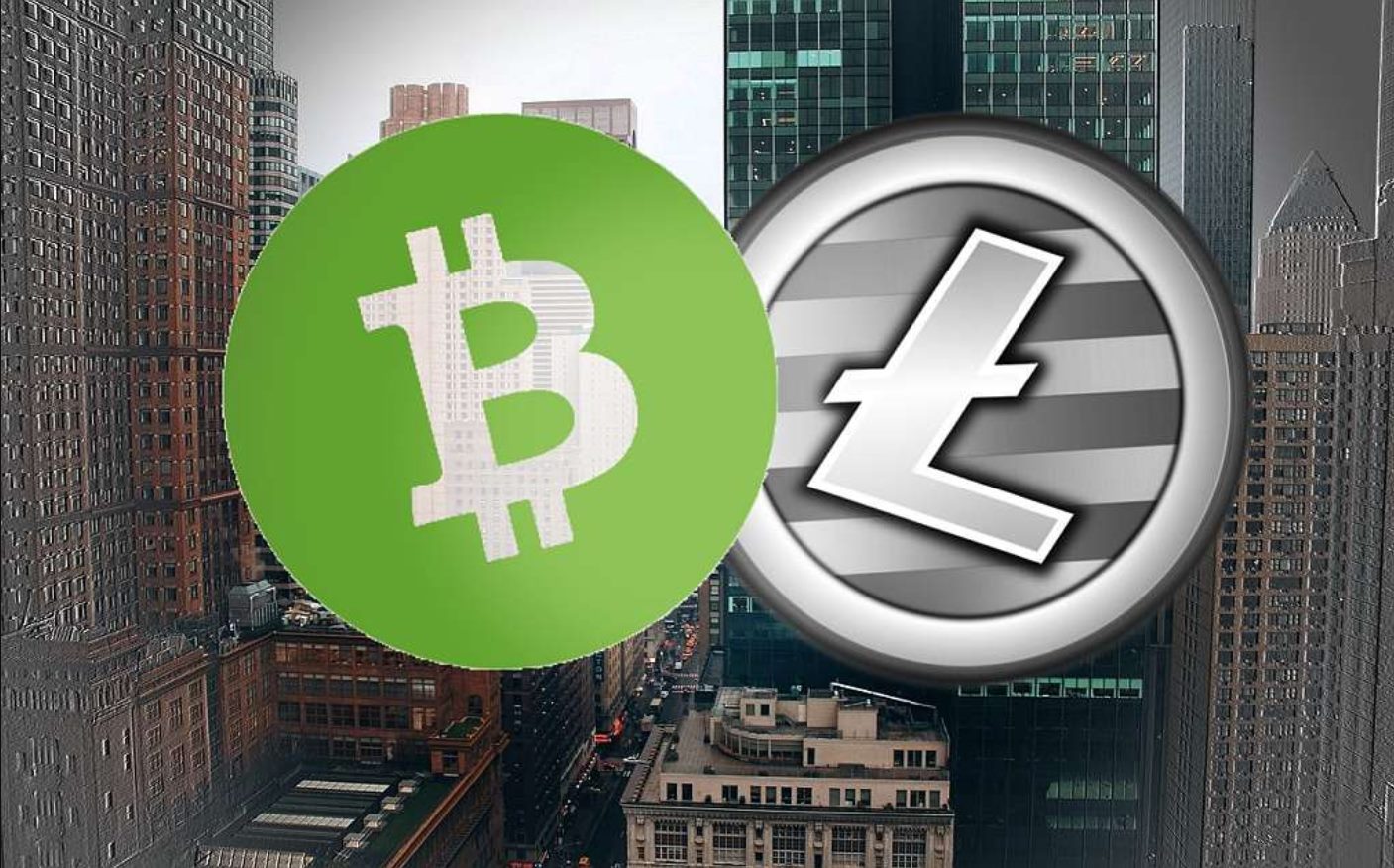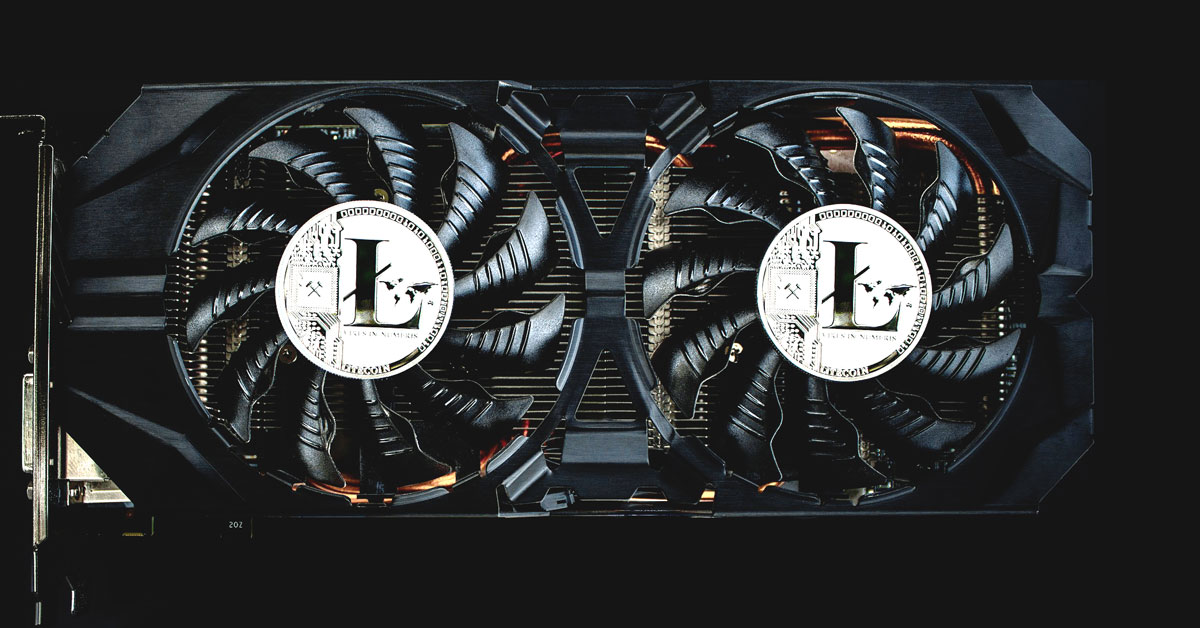Introduction
Welcome to the world of cryptocurrencies! One of the prominent digital currencies that has gained substantial popularity is Litecoin. Created by Charlie Lee, a former Google engineer, Litecoin was introduced in 2011 as a “lite” version of Bitcoin. Since then, it has garnered a loyal following and has become one of the top cryptocurrencies in terms of market capitalization.
Litecoin aims to overcome some of the limitations of Bitcoin, such as slower transaction times and higher fees. It utilizes a peer-to-peer network technology called blockchain to enable fast and secure transactions. Litecoin has been hailed for its ability to process transactions in a matter of minutes, making it a viable option for everyday transactions.
Similar to Bitcoin, Litecoin can also be mined. Mining involves the process of solving complex mathematical problems to confirm and validate transactions on the network. Miners are rewarded with newly generated Litecoins for their efforts in maintaining the blockchain network.
One intriguing aspect of Litecoin is its maximum supply. Unlike traditional fiat currencies that are subject to inflationary pressures, Litecoin has a finite number of coins that can ever exist. This scarcity factor has piqued the interest of many investors and has contributed to the growth in demand for Litecoin.
In this article, we will delve into the details of Litecoin’s maximum supply and explore how it is affected by a process known as halving. We will also discuss the current number of Litecoins in circulation, along with the market cap and price fluctuations. So, fasten your seatbelts as we embark on an enlightening journey into the fascinating world of Litecoin!
What is Litecoin?
Before we dive into the specifics of Litecoin’s supply and mining process, let’s first understand what Litecoin is and its key features. As mentioned earlier, Litecoin is a peer-to-peer digital currency that was created by Charlie Lee as a lighter and faster version of Bitcoin.
Like Bitcoin, Litecoin is built on the foundation of blockchain technology, which ensures the security and transparency of transactions. However, there are some notable differences between the two cryptocurrencies.
One of the main differences is the hashing algorithm used. While Bitcoin relies on the SHA-256 algorithm, Litecoin utilizes Scrypt. This algorithm provides faster transaction confirmations and has made Litecoin a preferred choice for merchants and everyday users.
Another significant difference is the block generation time. Bitcoin generates a new block every 10 minutes, whereas Litecoin’s block time is reduced to just 2.5 minutes. This means that transactions on the Litecoin network are confirmed and added to the blockchain at a much quicker rate compared to Bitcoin.
Litecoin also has a different maximum supply compared to Bitcoin. While Bitcoin has a cap of 21 million coins, Litecoin has four times that amount – 84 million coins. This higher total supply allows for greater accessibility and affordability for users.
Furthermore, Litecoin offers lower transaction fees compared to Bitcoin. With the increase in the number of transactions in the cryptocurrency space, high fees have become a concern for users. Litecoin’s lower fees make it more attractive for those who frequently transact in digital currencies.
Overall, Litecoin has carved out its own niche in the cryptocurrency world by providing a faster and cheaper alternative to Bitcoin. Its unique features and increasing adoption have contributed to its growing popularity among users and investors alike. Now that we have a better understanding of what Litecoin is, let’s explore the process of mining and how it affects the maximum supply of Litecoins.
Litecoin Mining
Mining is an essential process in the world of cryptocurrencies, including Litecoin. It involves validating and adding new transactions to the blockchain, thereby ensuring the security and integrity of the network. In the case of Litecoin, mining is carried out using the Scrypt algorithm.
Miners play a crucial role in the Litecoin network. They use powerful computers to solve complex mathematical problems, known as hashing algorithms. These algorithms validate transactions and create new blocks, which are then added to the blockchain. Miners are rewarded for their efforts with newly minted Litecoins.
Unlike traditional mining, which involves physical extraction of precious metals, Litecoin mining is a digital process. Miners compete with each other to solve the mathematical puzzles, and the first one to successfully solve it is rewarded with a certain amount of Litecoins.
To mine Litecoins, miners need specialized hardware, known as ASIC (Application-Specific Integrated Circuit) miners. These machines are specifically designed to perform the calculations required for Litecoin mining. They offer high processing power and efficiency, which is necessary to compete in the competitive mining landscape.
As the mining difficulty increases with more miners joining the network, it becomes harder to mine Litecoins. Miners must invest in robust hardware and efficient cooling systems to maintain profitability. Additionally, the cost of electricity is a significant factor to consider, as mining can consume a substantial amount of electricity.
It’s important to note that mining Litecoin is not the only way to obtain the cryptocurrency. Users can also acquire Litecoins through various exchanges or by accepting them as payment for goods and services.
With the rise in popularity of Litecoin, mining has become a profitable venture for many individuals and mining pools. It not only helps secure the network but also provides a means of acquiring Litecoins. Now that we have explored the process of Litecoin mining, let’s examine the maximum supply of Litecoins and how it is affected by a process called halving.
Maximum Supply of Litecoins
Litecoin, similar to Bitcoin, has a maximum supply cap. While Bitcoin has a cap of 21 million coins, Litecoin has a higher maximum supply of 84 million coins. This higher supply makes Litecoin more abundant and accessible compared to Bitcoin, which may contribute to its appeal among users.
The maximum supply is an important aspect of a cryptocurrency as it determines the scarcity and potential value of the digital asset. With a finite supply, cryptocurrencies like Litecoin are not subject to inflationary pressures that traditional fiat currencies experience.
Unlike fiat currencies that can be printed or created at the whim of a central authority, Litecoins are produced through the process of mining. As mining rewards new coins to miners who successfully solve the cryptographic puzzles, the total supply gradually increases as more Litecoins are minted.
However, it’s essential to note that the rate at which new Litecoins are generated decreases over time. This is due to a process called halving, which occurs approximately every four years. During the halving event, the mining rewards are reduced by half.
The purpose of the halving process is to control the rate of inflation and to ensure that Litecoins are not generated too quickly. It also mirrors the scarcity properties that are present in precious metals like gold, where the production rate decreases over time.
The first Litecoin halving took place on August 25, 2015. Initially, miners were rewarded with 50 Litecoins for each block they successfully mined. After the first halving, the reward was reduced to 25 Litecoins per block. The second halving occurred on August 5, 2019, reducing the reward to 12.5 Litecoins, and subsequent halvings will continue to cut the reward in half.
By reducing the mining rewards, the halving process creates a scarcity effect, as the rate of Litecoin creation slows down. This can potentially impact the supply and demand dynamics and influence the price of Litecoin in the long term.
Now that we’ve explored the maximum supply and the halving process, let’s take a closer look at the current number of Litecoins in circulation and its market capitalization.
Litecoin Halving
The process of halving is a significant event in the lifecycle of cryptocurrencies, including Litecoin. It occurs approximately every four years and involves reducing the block reward that miners receive for successfully mining a new block. Litecoin’s halving mechanism is designed to control the rate of coin issuance and ensure a gradual and controlled increase in the total supply of Litecoins.
During the first halving in 2015, the block reward for Litecoin miners was reduced from 50 Litecoins to 25 Litecoins. This halving process was implemented to maintain the scarcity of Litecoins and introduce a deflationary element into the supply dynamics of the cryptocurrency.
The second halving occurred in 2019, further reducing the block reward from 25 Litecoins to 12.5 Litecoins. This event, like the previous one, created a scarcity effect, making the mining of new Litecoins more difficult and potentially increasing the perceived value of existing Litecoins.
The halving process serves various purposes within the Litecoin network. Firstly, it helps to maintain the supply-demand balance by preventing rapid inflation through excessive coin creation. Secondly, halving ensures that the total supply of Litecoins reaches its maximum cap of 84 million coins gradually over time.
For miners, each halving event comes with its own set of challenges. As the block reward diminishes, miners need to find more efficient ways to maintain profitability. This often leads to increased competition, driving smaller and less efficient miners out of the network.
From an investor’s perspective, halving events can have a significant impact on the price of Litecoin. As the supply of new Litecoins decreases, assuming the demand remains steady or increases, the scarcity effect created by halving can theoretically drive up the price of Litecoin over time.
It’s important to note that while halving events may generate optimism among Litecoin holders, they do not guarantee an increase in price. Market factors, investor sentiment, and overall adoption of cryptocurrencies play crucial roles in determining the long-term value of Litecoin.
The next Litecoin halving is scheduled to occur in August 2023, where the block reward will be further reduced to 6.25 Litecoins. This event is eagerly anticipated by the Litecoin community and may have significant implications for the future of the cryptocurrency.
With a solid understanding of the halving process and its impact on Litecoin, let’s move on to discussing the current number of Litecoins in circulation and its market capitalization.
Current Number of Litecoins
As of writing this article, the current number of Litecoins in circulation is constantly changing due to the ongoing mining process. New Litecoins are created as miners successfully solve the cryptographic puzzles and add new blocks to the blockchain. These newly minted coins are then introduced into circulation.
Litecoin’s maximum supply is set at 84 million coins, and with each halving event, the rate of new coin creation decreases. The mining rewards are cut in half, leading to a slower pace of Litecoins entering the market.
It’s worth noting that while the maximum supply of Litecoins is fixed, not all 84 million coins are currently in circulation. Some Litecoins may have been lost, locked in inactive wallets, or held by long-term investors who are not actively trading them.
The exact number of Litecoins in circulation can be tracked through various cryptocurrency data sources, blockchain explorers, and market analytics platforms. These sources provide real-time information on the total supply, circulating supply, and other related statistics for Litecoin.
As of the time of writing, it is estimated that approximately 66 million Litecoins are in circulation. This represents around 78% of the total maximum supply. The remaining Litecoins will be gradually released through the mining process until the maximum cap of 84 million coins is reached.
The limited supply of Litecoins, combined with its growing adoption and community support, has contributed to the cryptocurrency’s market value and investor interest. As the number of Litecoins in circulation approaches its maximum supply, scarcity dynamics may come into play, potentially influencing the future value and price of Litecoin.
It’s important to remember that market conditions and investor sentiment can have a significant impact on the value of cryptocurrencies like Litecoin. Various factors such as technological advancements, regulatory developments, and overall market trends can influence the demand for Litecoins and ultimately determine its price.
Now that we have a better understanding of the current number of Litecoins in circulation, let’s explore the market capitalization and price dynamics of Litecoin.
Market Cap of Litecoin
The market capitalization of a cryptocurrency is a crucial metric that provides valuable insights into its overall value and position in the market. Market capitalization, often referred to as market cap, is calculated by multiplying the current price of a cryptocurrency by its total circulating supply.
Litecoin, being one of the largest and most recognizable cryptocurrencies, has a substantial market cap. As of the time of writing, the market capitalization of Litecoin stands at around several billion dollars. This makes it one of the top cryptocurrencies by market cap.
The market cap of Litecoin is influenced by several factors, including its price, trading volume, and circulating supply. As the price of Litecoin increases, its market cap also grows, assuming all other factors remain constant.
Market cap is an essential indicator for investors and traders as it provides a measure of the overall size and stability of a particular cryptocurrency. A higher market cap generally reflects a more established and widely accepted cryptocurrency, indicating investor confidence and market liquidity.
Litecoin’s market capitalization has experienced fluctuations over the years, reflecting the volatility of the cryptocurrency market as a whole. Market cap can be influenced by various factors, including market demand, investor sentiment, regulatory developments, and market trends.
It is worth noting that the market capitalization of Litecoin does not directly represent the amount of money invested in the cryptocurrency. It is a measure of the cryptocurrency’s value based on the current market price and circulating supply.
As the cryptocurrency market continues to evolve, the market capitalization of Litecoin and other cryptocurrencies may experience significant changes. However, Litecoin’s strong presence and community support have contributed to its resilience and position in the market, with a market cap that continues to garner attention from traders, investors, and enthusiasts.
Now that we have explored the market capitalization of Litecoin, let’s turn our attention to the price fluctuations and future predictions for the cryptocurrency.
Litecoin Price and Future Predictions
The price of Litecoin, like other cryptocurrencies, is subject to volatility and can experience significant fluctuations over time. Factors such as market demand, investor sentiment, technological advancements, and regulatory developments can all impact the price of Litecoin.
Since its inception, Litecoin has undergone notable price movements. From its humble beginnings, Litecoin has seen periods of both bull and bear markets. These price fluctuations are influenced by various market forces and can present opportunities for traders and investors.
It’s important to note that predicting the future price of any cryptocurrency, including Litecoin, is challenging and subject to a high degree of uncertainty. The cryptocurrency market is highly volatile and can be influenced by numerous factors, making accurate predictions difficult.
That said, some industry experts and analysts believe that Litecoin could have the potential for future growth. They highlight factors such as Litecoin’s established presence in the cryptocurrency space, its higher maximum supply compared to Bitcoin, and its faster transaction times as reasons for its long-term viability.
Others point to the growing adoption of cryptocurrencies, including Litecoin, as a means of payment and store of value. Increased acceptance from merchants and businesses can contribute to higher demand for Litecoin and potentially drive up its price.
However, it’s crucial to approach future price predictions with caution and conduct thorough research before making any investment decisions. Cryptocurrency markets are highly speculative, and price movements are influenced by a multitude of factors, including market sentiment and external economic events.
Investors should also consider the inherent risks associated with cryptocurrencies, including regulatory challenges, technological advancements, and market volatility. Diversification and diligent risk management are key when navigating the cryptocurrency market.
While it is important to keep future predictions in perspective, Litecoin has shown resilience and staying power in the cryptocurrency market. With its growing adoption, technological advancements, and an active community, Litecoin remains one of the cryptocurrencies to watch in the coming years.
As always, individuals interested in investing in Litecoin or any other cryptocurrency should conduct their own research, seek professional advice, and understand the risks involved.
Now that we’ve explored the potential future of Litecoin, let’s conclude our discussion on this fascinating digital currency.
Conclusion
Throughout this article, we’ve delved into various aspects of Litecoin, including its purpose, mining process, maximum supply, halving events, market cap, and price. Litecoin has carved out its own niche in the world of cryptocurrencies, offering faster transaction times and lower fees compared to Bitcoin.
Litecoin’s maximum supply of 84 million coins and the halving process contribute to its scarcity and potential value over time. The gradual reduction of mining rewards ensures a controlled and steady increase in the overall supply of Litecoins, mirroring the scarcity properties seen in precious metals like gold.
While the current number of Litecoins in circulation is continually changing due to mining activities, it is estimated that a significant portion of the total maximum supply is already in circulation. Market capitalization, which reflects the overall value and position of Litecoin in the cryptocurrency market, has shown resilience and growth over the years.
When considering Litecoin’s future, it is important to approach price predictions with caution due to the inherent volatility and uncertainty in the cryptocurrency market. While there are factors that may indicate potential growth for Litecoin, investors should exercise proper research and risk management practices.
Litecoin’s journey in the cryptocurrency space is far from over. Its established presence, unique features, and growing adoption among users and merchants make it an intriguing cryptocurrency to watch in the coming years. However, individuals interested in investing in Litecoin or any other cryptocurrency should weigh the risks and rewards and make informed decisions based on their own financial goals and circumstances.
As the cryptocurrency market continues to evolve, Litecoin stands as a testament to the innovation and possibilities provided by blockchain technology. Whether you are a user, miner, or investor, Litecoin offers a pathway into the exciting world of digital currencies.
So, whether you’re intrigued by the technical intricacies of Litecoin mining or curious about its potential future, Litecoin is undoubtedly a noteworthy cryptocurrency that has left a lasting impact on the digital finance landscape.







